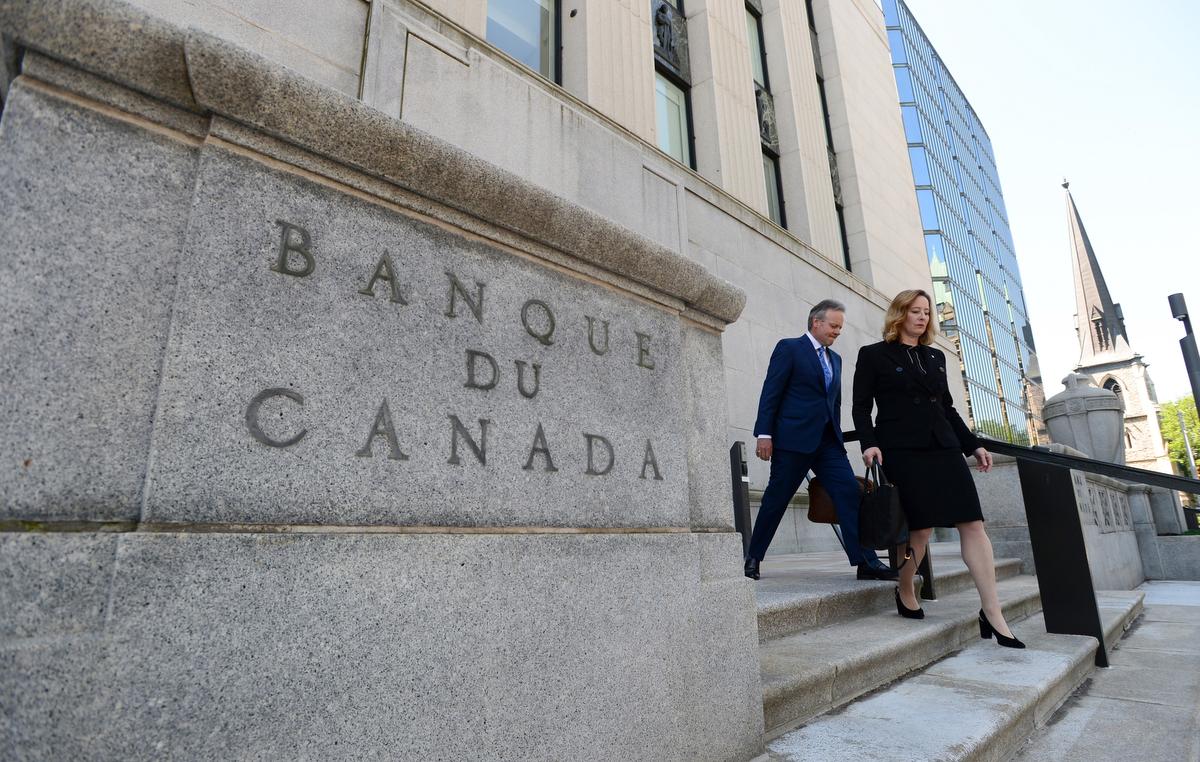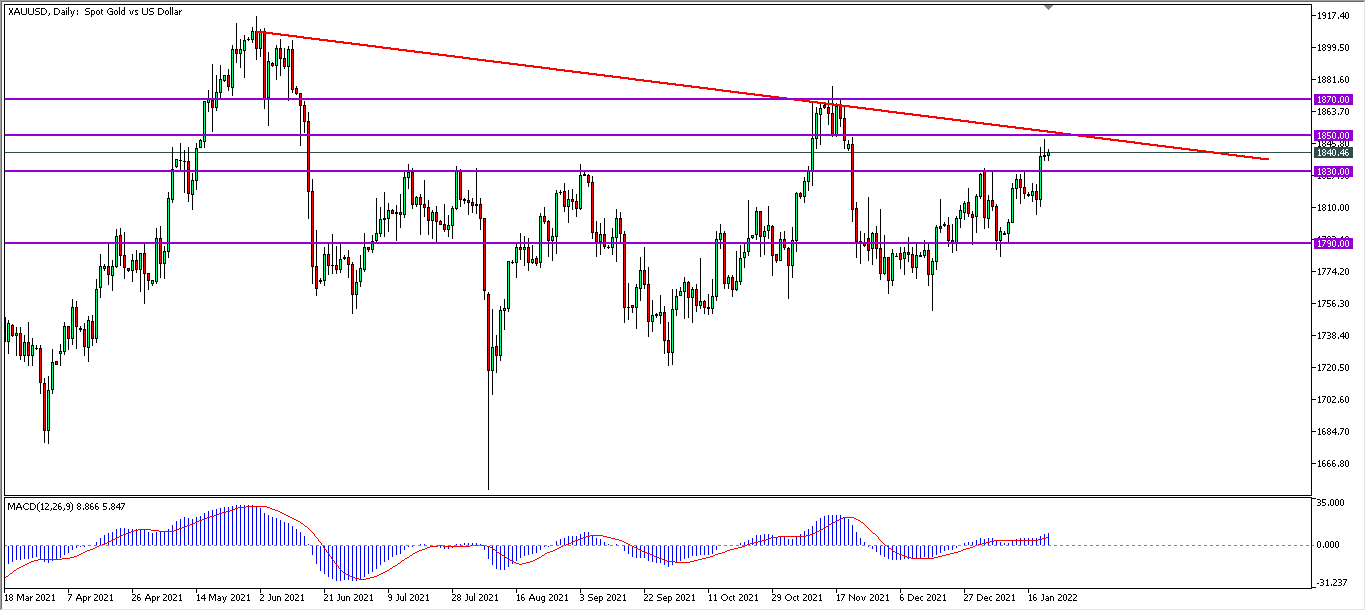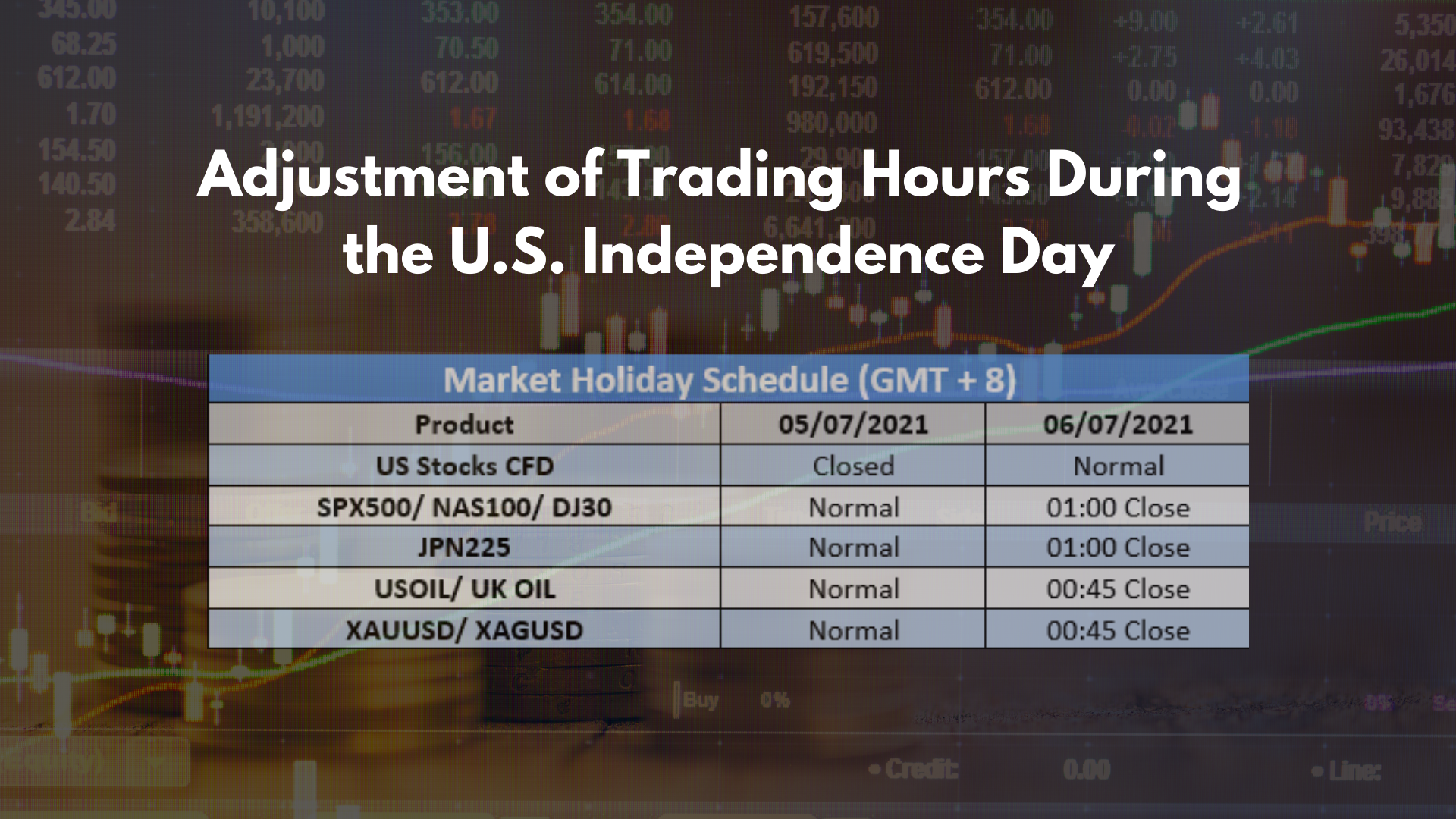
Roller Coaster Ride For The Loonie (CAD)

Roller Coaster Ride For
The Loonie (CAD)
The Canadian Dollar (CAD), also known as the loonie is
expected to undergo large fluctuation on Wednesday amid the Bank of Canada’s
(BOC) policy meeting and press conference. With the COVID-19 uncertainties
lingering in the market, many investors will look to central bank’s speeches
and statement to assess current market sentiment.
After the shocking interest rate slash of 0.50% in
March due to the impact of the COVID-19, BOC is widely expected to maintain
their rate at 0.25% during today’s policy meeting. However, with the recent
recovery in global economy and oil prices from the pandemic’s impact, the BOC
will announce their latest outlook towards currency economic condition and
further countermeasures to be taken in order to boost the economy’s recovery.
With the pandemic’s situation worsening for Canada’s
major trading partner – United States, the recovery of Canada’s economy is also
being threatened by the pandemic. In terms of technical, the pair of USD/CAD
had been fluctuating within a sideway bound between the highs of 1.3700 and
lows of 1.3500 since early June. Investors expect today’s central bank meeting
to provide further clarity for the pair’s movement.
Canada’s economy is also highly dependent on their
exports of crude oil, causing their single currency to be backed by the price
of oil. That said, oil prices had also been fluctuating within the range of $37
– $39 per barrel over the month as investors wait for further confirmation from
upcoming OPEC+ meeting.
With oil prices climbing back from sub-zero levels in
April following the recovery in global economy from the pandemic’s impact, the
commodity seemed to be limited below $40. Supporting oil price is the OPEC+
production cut plan of 9.7M b.p.d., which is set to end in July. OPEC+ upcoming
meeting will discuss on whether or not to continue with the current cuts or to
ease it as global demand seems to be recovering. Besides that, investors will
also focus on today’s US inventory reports from the Energy Information
Administration (EIA) to gauge oil’s movement.
Being affected by Canada’s own economic data and oil
sentiment as well, the single currency will most likely face large
fluctuations, possibly breaking out from its consolidation phase as well.
notes fourth-quarter growth was weaker than expected, largely due to higher imports, and that it’s still assessing impacts on housing markets from new policies, including mortgage rules.[/caption]

Follow Regain capital
latest articles
-
- Mar 11,2022

-

-

-
- Sep 09,2021

-

-
- Oct 22,2020
































